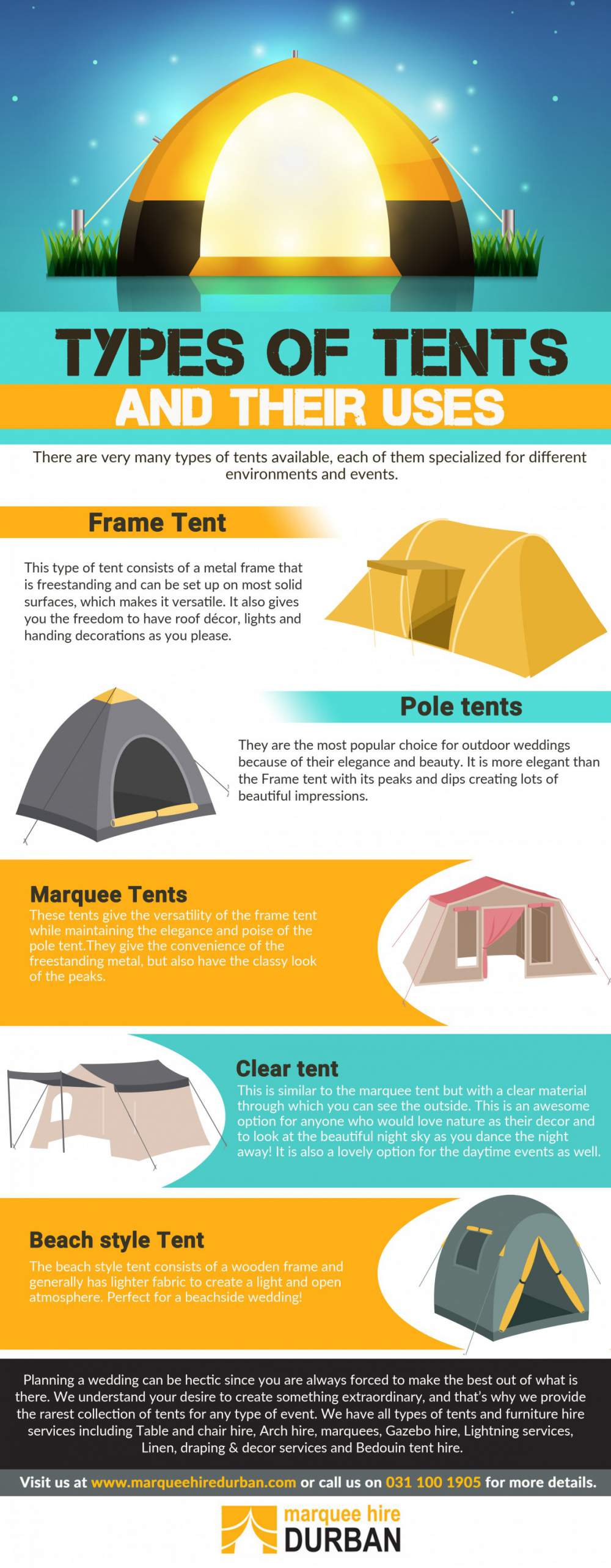Several backpackers select interior frame loads for their streamlined and form-fitting style. Their shape aids maintain the weight better to your body, enhancing security on harsh trails or off-trail scrambling.
They also don't subject as much of the pack to the atmosphere-- a plus if you intend on bushwhacking and require to stay clear of sharp branches that can grab equipment.
Weight Distribution
While internal frame packs are much more prominent than outside framework knapsacks for a lot of walkers, outside structures continue to be a staple for lengthy explorations and hefty lots. They are designed to distribute the weight of your gear across your shoulders, back, and hips for maximum comfort.
They have large gaps between the pack bag and the frame for ventilation which allows air to flow over your back while hiking. They are good for hot weather hikes and for walkers that intend to lower sweating versus their backs.
On the disadvantage, externals often tend to rest farther away from your upper body so you'll need to lean onward extra while treking, which can be tough on your back and knees over expanded journeys. The revealed framework likewise indicates that your backpack may get caught on rocks, roots, or other barriers as you clamber along routes or duck under strike downs on seaside headlands. They also tend to be more pricey than inner structure packs.
Air flow
Outside frame backpacks rest farther away from your upper body, which boosts air flow and decreases sweat element on your back. Interior frameworks, however, hug your body, which can lead to inadequate air flow and a boosted danger of heat stroke on hot days.
It's additionally crucial to think about whether your design criteria is based upon un-adapted individuals (first entering the room), or adjusted ones (people that have actually been in the space for time). The air flow rates may be various between these two circumstances.
Furthermore, outside frame loads transfer tons to your tent flooring hips, which enables you to adopt an upright strolling pose and are optimal for trail strolling. They are not, nevertheless, good for clambering because of their top-heavy styles.
Adjustability
While it might appear as though internal structure packs have actually won the day in terms of pack option and advancement, externals do provide some benefits. A huge draw is the ability to band gear straight to the pack framework, offering adaptability for varying the dimension of the tons and improving access. Lots of external structure packs likewise feature a wide variety of smaller external pockets to help arrange gear, with accessibility to the primary area typically coming through the top of the packbag.
This allows the customer to much better regulate their tons weight, lowering anxiety on the shoulders and neck. They also enable the user to maintain the pack closer to the body, which enhances security on tough routes and when rushing off route.
Comfort
For those that have a narrower torso or hip dimension, the external framework layout may really feel a lot more tight than internal designs. This close fit decreases the quantity of room for gear and can make it tough to secure products firmly without impacting accessibility to the bag contents.
Luckily, this tighter fit is much less of a problem in modern-day internal framework loads thanks to the many adjustable shock absorber readily available. Plus, the void in between the frame and packbag permits air to circulate, decreasing sweating.
This additionally makes the internal framework perfect for technical walkings that call for security and dexterity when navigating sturdy trails and off-trail rushing. While the option of exterior frame knapsacks has actually been decreasing throughout the years, they are still the best selection for numerous outside fanatics due to their sturdiness and ability. Nonetheless, for those who want one of the most comfy treking experience we recommend choosing an inner structure model that is sized correctly to your upper body and hips.
